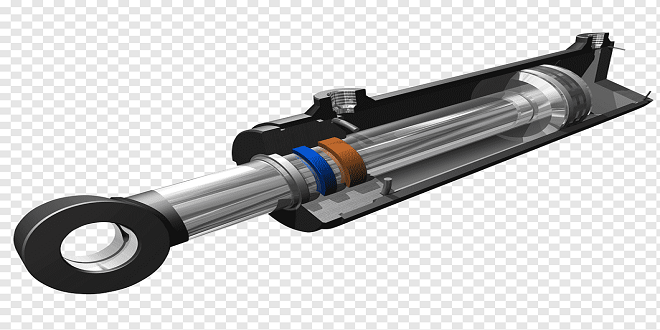What Is the Purpose of a Capacitor Bank?

The purpose of a capacitor bank is to improve the power factor of an electrical system. In AC circuits, power factor refers to the ratio between real power (measured in watts) and apparent power (measured in volt-amperes). A low power factor can lead to inefficiencies and higher costs associated with electrical systems.
Capacitor banks can help correct a low power factor by adding capacitive reactive power to the system. Capacitive reactive power is opposite from inductive reactive power, which is consumed by motors, transformers and other inductive loads. By adding capacitive reactive energy back into the mix, overall reactive power is reduced which in turn improves both system power factor and efficiency.
Capacitor banks are commonly employed in industrial and commercial settings with high inductive loads, such as motors and transformers. By improving the power factor of these capacitor banks, users can reduce energy costs, boost system capacity, and enhance electrical system reliability.
Capacitor banks can be installed at various points along the electrical system, such as at substations or near loads. They are also capable of being automatically switched on and off to provide reactive power support when required.
This post was written by Justin Tidd, Director at Becker Mining Systems! For nearly a half a century, Becker Mining has been at the forefront of industry safety. Becker/SMC is the industry’s leader in increasingly more sophisticated electrical control systems. Most of the major innovations, design features and specialized electrical components have been developed by Becker/SMC.




